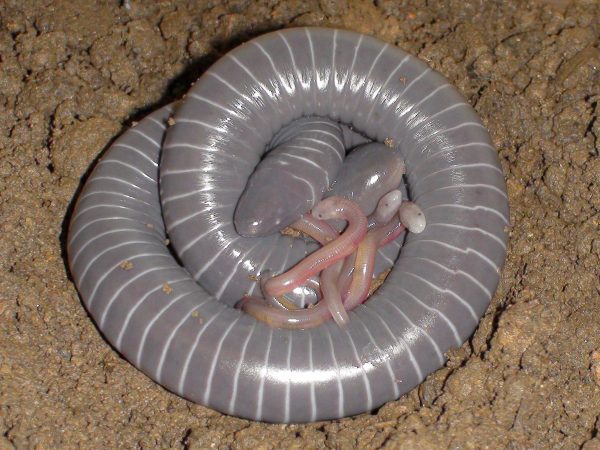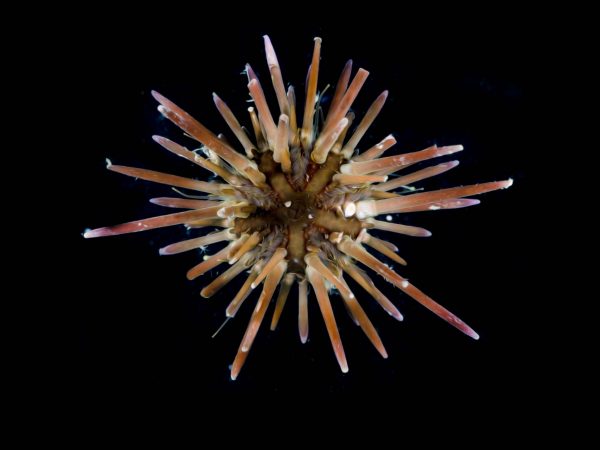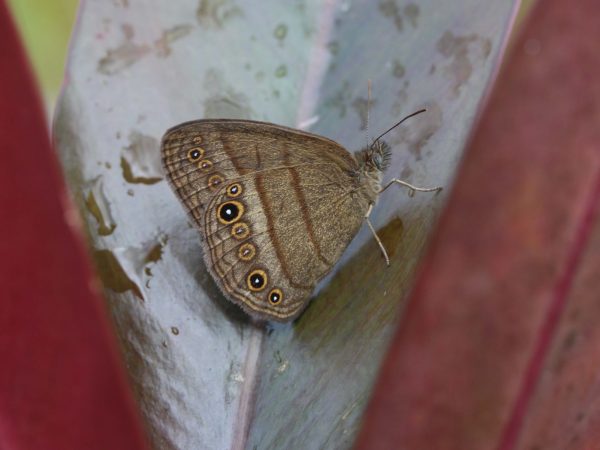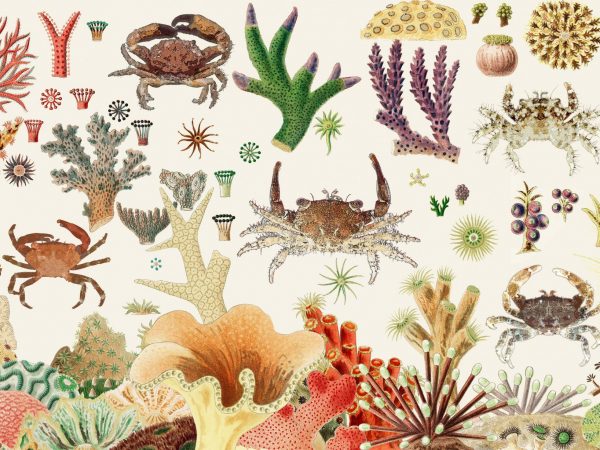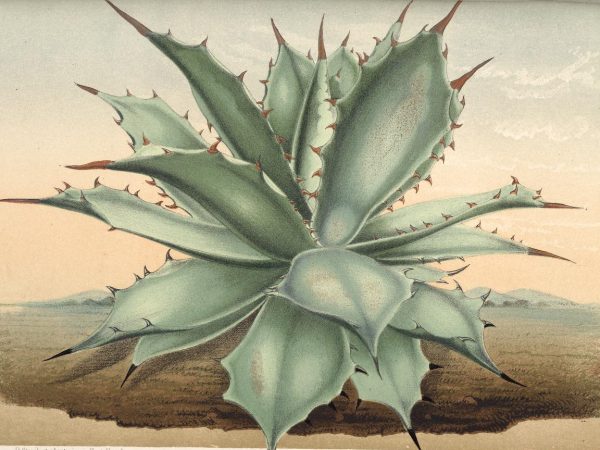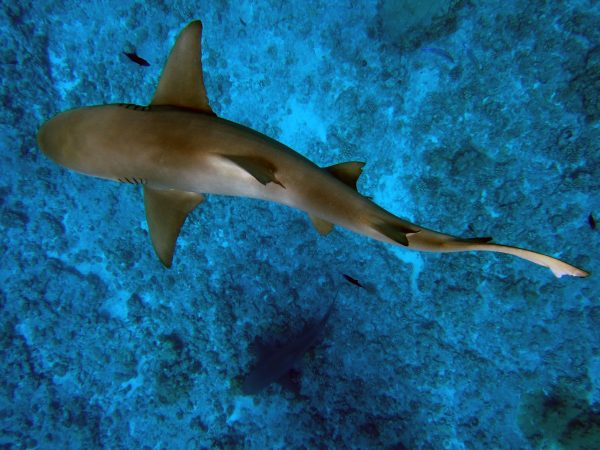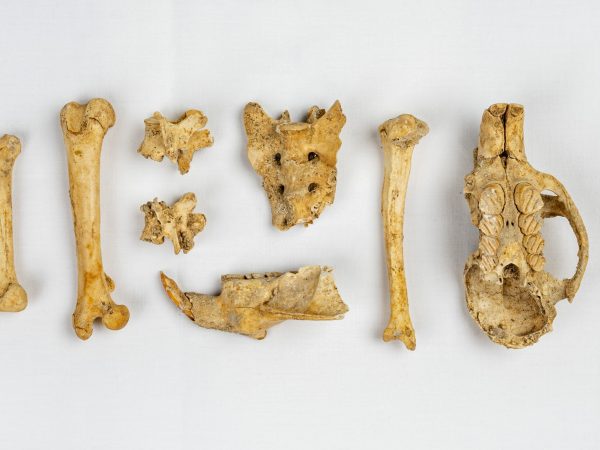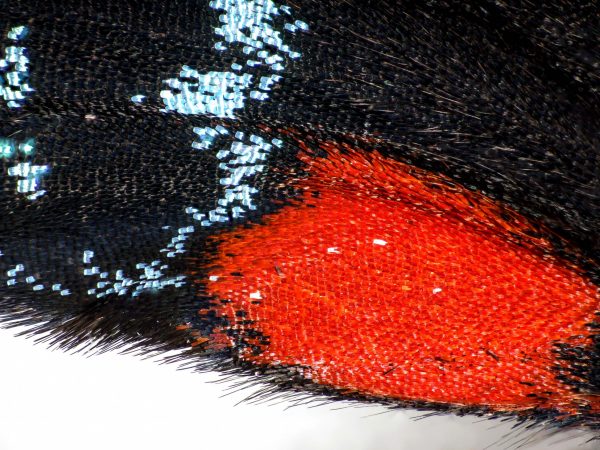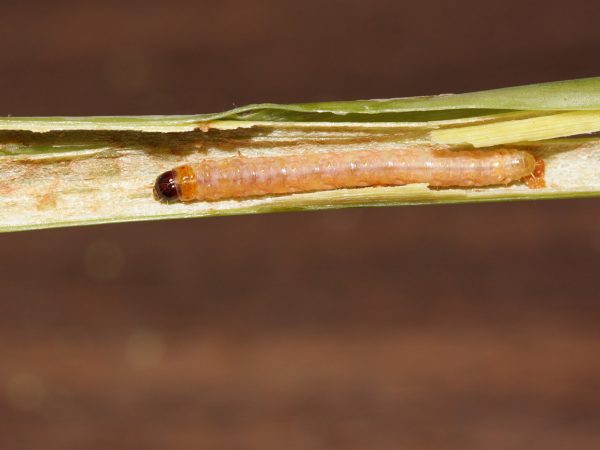Wormlike animals are first amphibians shown to pass microbes to their offspring
Caecilians are an elusive type of amphibian that primarily live underground and look like a cross between a worm and…
Read More
Marine fossils are a reliable benchmark for degrading and collapsing ecosystems
Biologists attempting to conserve and restore denuded environments are limited by their scant knowledge of what those environments looked like…
Read More
New fish species discovered after years of popularity in the aquarium trade
With just a few clicks of a mouse, you can purchase your very own redtail garra, a type of fish…
Read More
Family tree of ‘boring’ butterflies shows they’re anything but
Walk a short distance through the Amazon Rainforest, and you might witness what look like dead leaves launch from the…
Read More
Scientists discover hidden crab diversity among coral reefs
The Indo-West Pacific is the largest, most biodiverse marine ecosystem on Earth, and many of the species it supports have…
Read More
Scientists uncover the unexpected identity of mezcal worms
Mezcal is a distilled alcohol made from the boiled and fermented sap of agave plants. Most mezcal beverages — including…
Read More
Shark bites tied for 10-year low in 2022 but spiked in regional hotspots
The number of unprovoked shark attacks worldwide decreased last year, tying with 2020 for the fewest number of reported incidents…
Read More
Rodent extinctions in Hispaniola may have been caused by humans
The island of Hispaniola once had among the highest rodent diversity in the Caribbean, supporting 11 species that coexisted for…
Read More
Rare and iconic Atala butterflies retain ancient pattern of wing symmetry
Nature seems to have an inexhaustible supply of inspiration when it comes to butterflies. With over 18,000 species, each with…
Read More
Tracking the origin of southern California’s latest invasive pest
In 2012, a crop of California’s most prized ornamental trees was overrun by an invisible invader. The growing shoots of…
Read More
